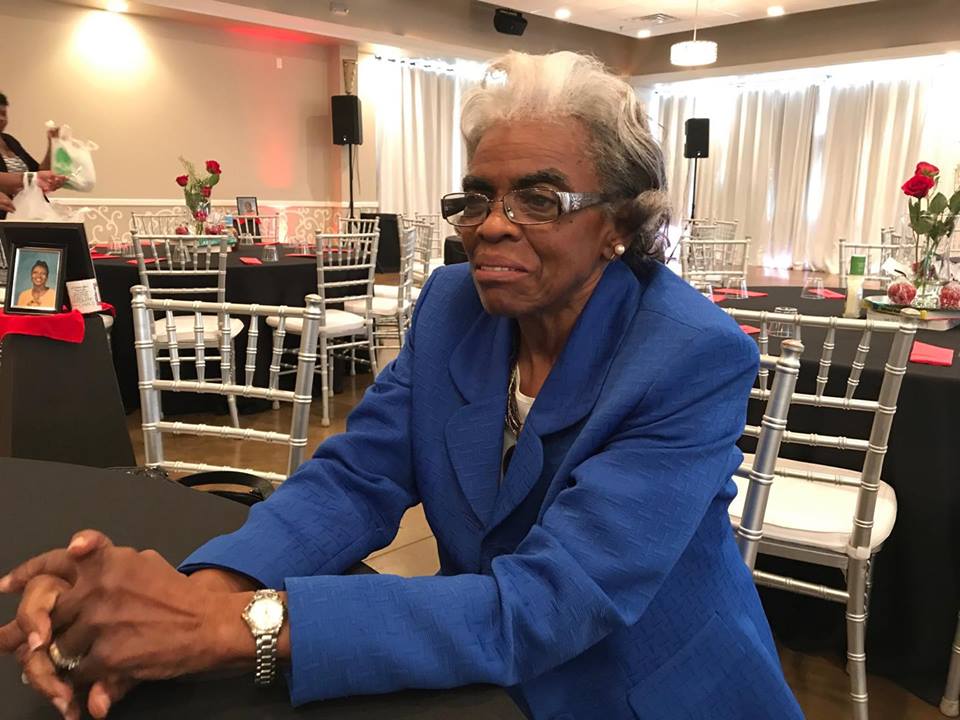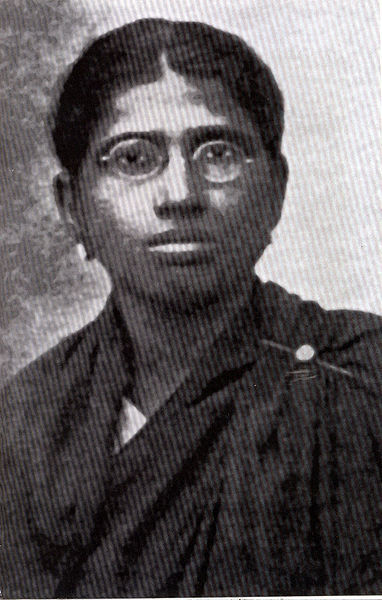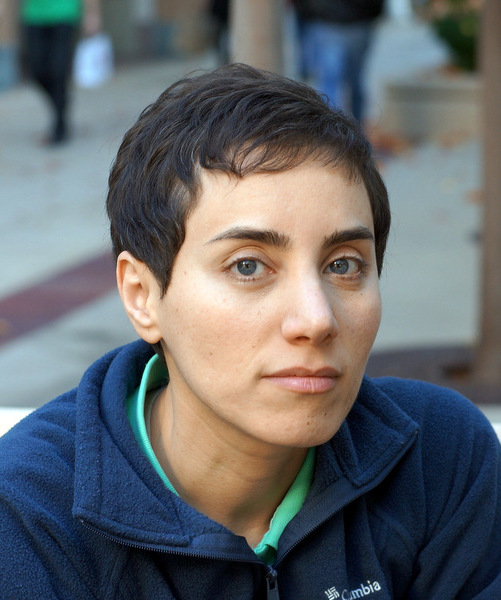Rohit Dhamankar in conversation with Physicists: Dr. Bhamathi Sudarshan, Dr. Radha Gourishankar and Amba Raghavan in Austin, TX, Feb 25, 2018.
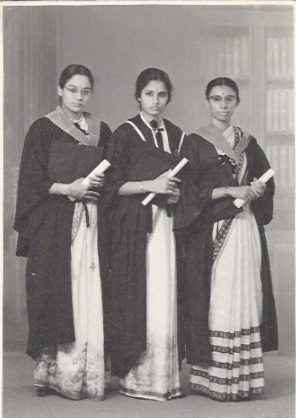
Early 1950s. Presidency College, Chennai, India.
(Left to Right) Amba Raghavan, Dr. Radha Gourishankar, Dr. Bhamathi Sudarshan
Three young women, draped in sarees covering their body except face and feet, no make-up, nothing that attracts attention to their womanhood, wait patiently outside their Physics and Math lecture halls. They wait for their Professors to accompany them inside every class they attend. They don’t go alone as they could be subjected to pranks the “only” women students in a class could be subjected to, and even if capable, they would not be able to fight back. They have promised their families that they will be “decent” and “well behaved” in the college. Their grandfathers have spoken with each other to ensure that girls from their respective decent families do not go alone by themselves in an all male environment. A single rumour or complaint about their conduct would be immediate grounds for stopping any further studies these women dreamt about. They came to college in buses from three corners of Chennai, and three different brahmin households. Two of them carried their curd-rice lunch packs. The third had a perennial fear of dropping the food box in the crowded bus, and got a permission and some extra change to buy the canteen food. They had to be back home before their evening curfew time of 5 PM under any circumstances.
When I spoke with these cool women – Amba, Bhamathi and Radha, they describe it as their “destiny” to be lifelong friends. Unlike today’s graduate school admission essays that describe how an applicant from the diaper age knows what he or she wants to be as a grown up, these women had interesting reasons for choosing Physics as their subject of study. Bhamathi could not bring herself to even dissect a frog, and hence “Nuclear Physics” sounded kinder and flashier. Radha’s brother and father had already taken degrees in Chemistry and Math, and so she wanted the overall family to not be left behind in Physics from the PCM group! Amba, the most practical one, was curious about even simple phenomenon like why water sticks to one’s hands, and she wanted to know answers for many such phenomena. They were all fortunate that there was an influential family member, who after seeing their potential, encouraged higher studies than what was considered a golden path for girls after high school in those times – arranged marriage, caring for family, observing rituals and festivals, and such.
Bhamathi and Radha went on to acquire a Ph.D. in Particle Physics in Chennai. They must have faced an uphill battle with their families when they expressed their desire to come to the US for their postdoctoral studies as single women then.
Radha did her postdocs in Stanford and Princeton whereas Bhamathi came to Boulder. Between the two of them, they covered many prestigious institutions where they have taught and delivered seminars in the US, Japan, Australia, UK and Chile. The intellect that was trying to get inside “atoms” was also trying to figure what would mimic the taste of tamarind the best! In places where Indian groceries was hard to come by or unheard of, I have heard stories from Bhamathi about creatively fusing local ingredients to suite her spicy, vegetarian, south Indian palate. They did not under the pretense of “style” and “modernism” adopt non-vegetarian food. Bhamathi’s creativity in the culinary area continues today with what my conservative self describes as odd combinations (vanilla in ghee dripping, cardamom laden Pongal! Andavane!). I was clean bowled over by Radha’s Indian spin – topping a spinach, artichoke pizza slice from Brick Oven with a liberal dousing of a spicy mango pickle!
Bhamathi’s and Radha’s orbits in life after post doctoral studies spun around differently. Radha found her love in an Indian professor of Engineering in a Canadian university while being invited to present her research. Research took a slight back seat with the kids coming in her life. She continued her career in Physics in a diminished capacity. I almost fell off my chair, when Radha said that she taught herself how to program in Python to help her grandkids design video games a few years back. She continues to volunteer in school to teach “programming”. In terms of giving back to the community, she did many years of service of working with hospice patients and making them comfortable in their last moments on this planet. She was recognized with “Woman of Distinction” award from YWCA, Edmonton, Canada for her work.
Bhamathi returned to India after her multiple postdocs, and became a Professor of Physics in Madras university. She rose to the Head of the Department position soon, and guided tens of M.Phil and Ph.D. students. She has many firsts to her credit including being featured as a woman achiever in Femina magazine and the Hindu newspaper. Years later, she found her love in another well renowned physicist that brought her to Austin in the 90s. As Physics started taking a back seat in Austin, another talent of hers came to forefront. Trained in an Indian classical style of music under a well renowned lineage, she became active in organizing a music festival and teaching students. Deep interest in Indian philosophy is “one on one free” for Sudarshans with their deep interest in Physics! Bhamathi gave back to women by being a founding member of “Saheli”, an organization, serving South Asian battered women. Our paths crossed then as I was looking for a teacher to continue my music after my learning in India.
Amba, on the other hand, decided to honour her family’s wishes of seeing her settled down and married after finishing her Masters in Physics. She went through an “arranged” marriage unlike her friends. As her husband got posted in various cities in India, she enrolled for further learning in another classical Indian language – Sanskrit. She passed higher level exams in it. At some point, she began teaching Physics in schools, and won respect from her colleagues for her knowledge and thoroughness. She counts her successes by the number of calls she continues to receive on “guru paurnima” day – a day for honoring teachers. She relocated to USA from India to live with her son, Prabhakar Raghavan of Google in the bay area, in her 60s. That did not deter her from learning to drive in the US. AP Physics and Math for her grandchildren got her back into teaching what she loved. Today she engages herself in researching products and prices that need to be replaced in her son’s house!
In the times, where I see “feminism” sometimes interpreted as not doing anything that a traditional Indian woman does, it is refreshing to see these women, who have defied many traditions in their times, indulge and enjoy the cultural aspects they were brought up with. The Physics seamlessly blends in with doing a Varalakshmi puja (Bhamathi, Radha), or everyday stotra recitation (Amba). Radha, in fact, chants thousand names of Vishnu while on a treadmill everyday. Enjoying Indian food with hands does not tarnish any images of sophistication. Cooking and cleaning are not tasks considered below dignity!
When asked about if they would change anything from their past, as I expected, they have no regrets. They took the life as it came, and tried to make it better for them, and people around them. They, of course, regretted about not challenging their brains more!! Radha said she should have learned Indian classical music. Bhamathi was still not satiated with a few postdocs; she regrets not doing more of those!
Their general guidance to the coming generation is to have good work ethics making the best use of what opportunities come by the way, and not taking any reward or privilege for granted. Most importantly, they believe the secret to happiness lies in making and keeping good friends for life!
As I left these mentally young friends to chat more through the night, I was most inspired by their continued spark to be creative, thinking and ever learning souls.
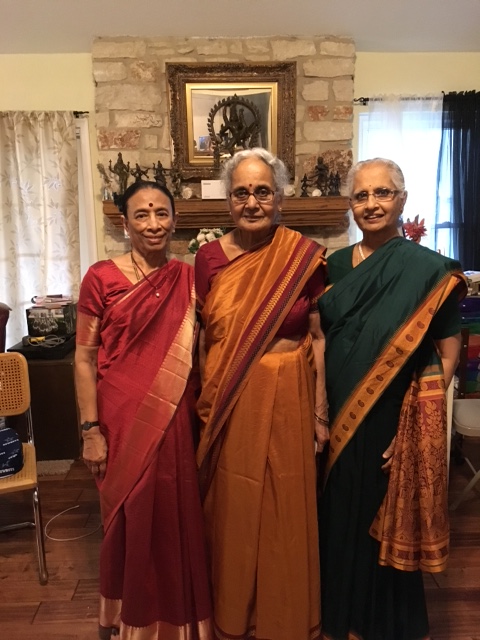
(Left to Right) Dr. Bhamathi Sudarshan, Amba Raghavan, Dr. Radha Gourishankar

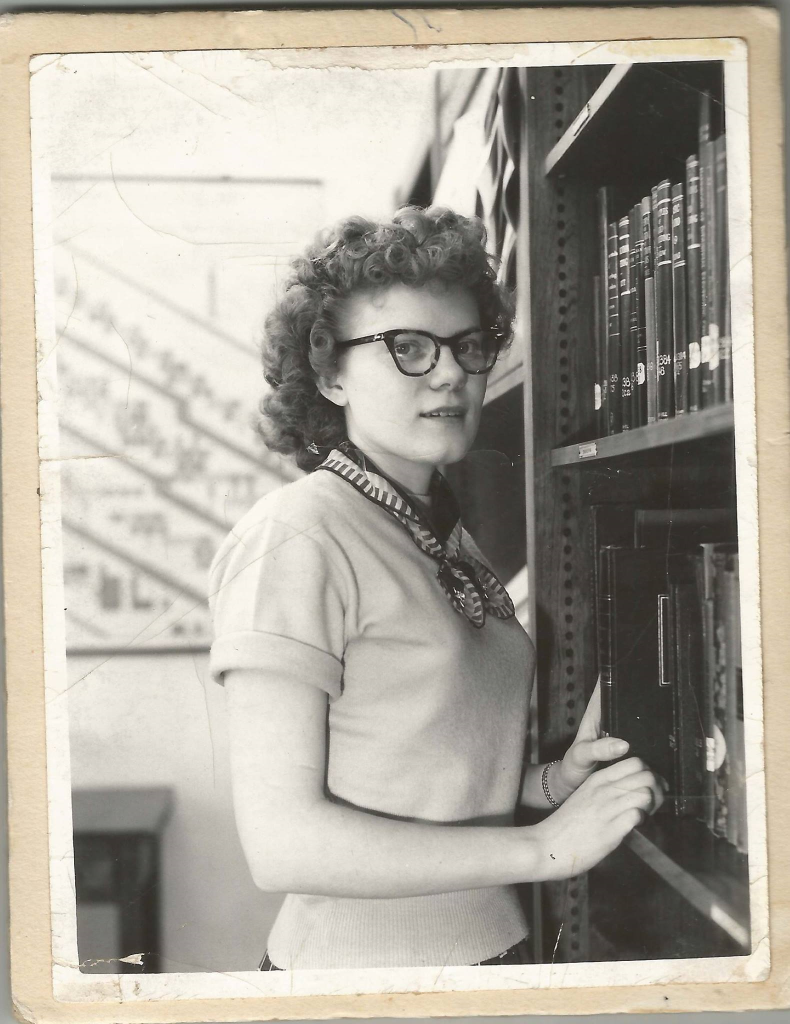


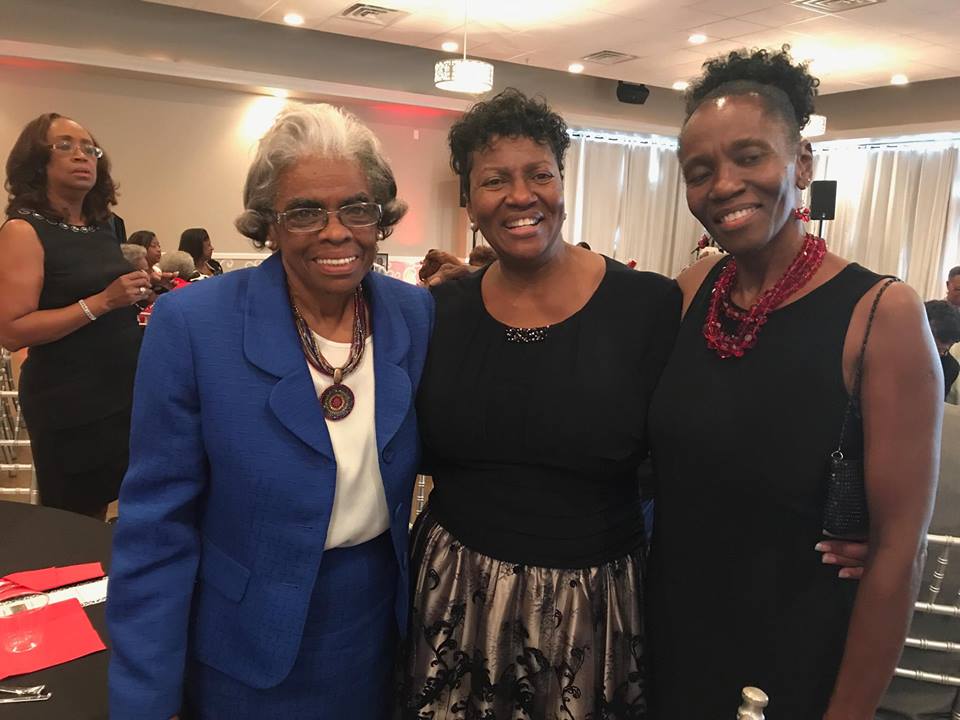 From left: Dr. Della Bell, Mrs. Simone Massingill and Ms. Zorah Taylor (Simone’s sister).
From left: Dr. Della Bell, Mrs. Simone Massingill and Ms. Zorah Taylor (Simone’s sister).